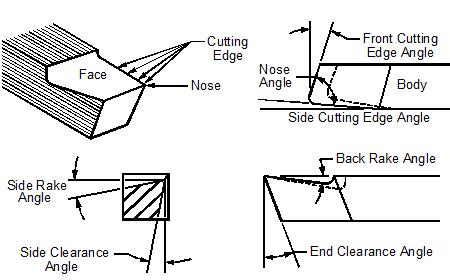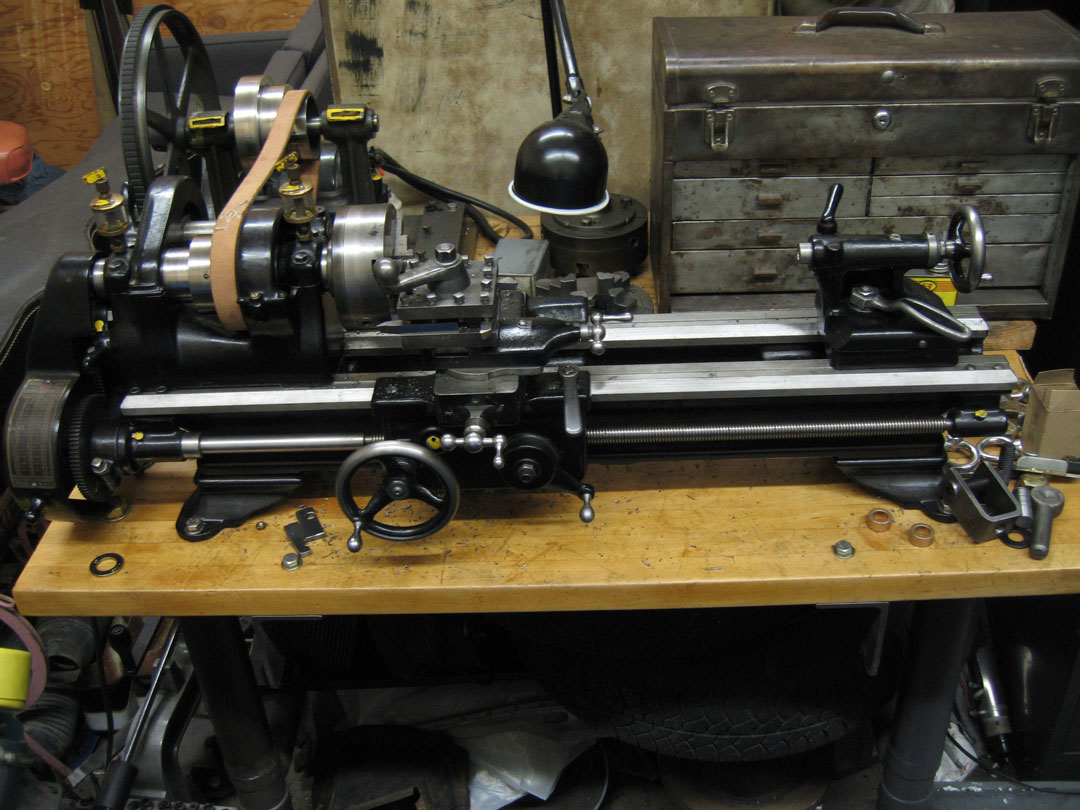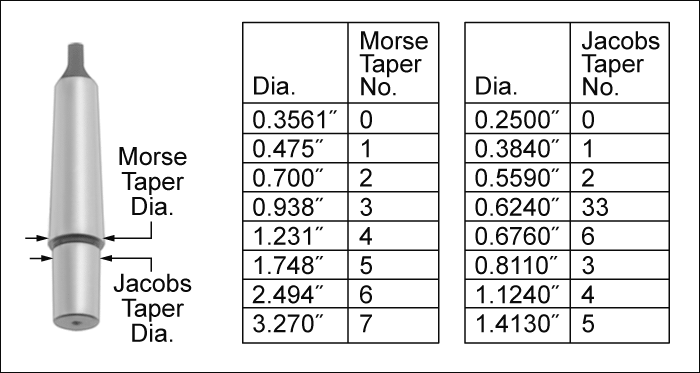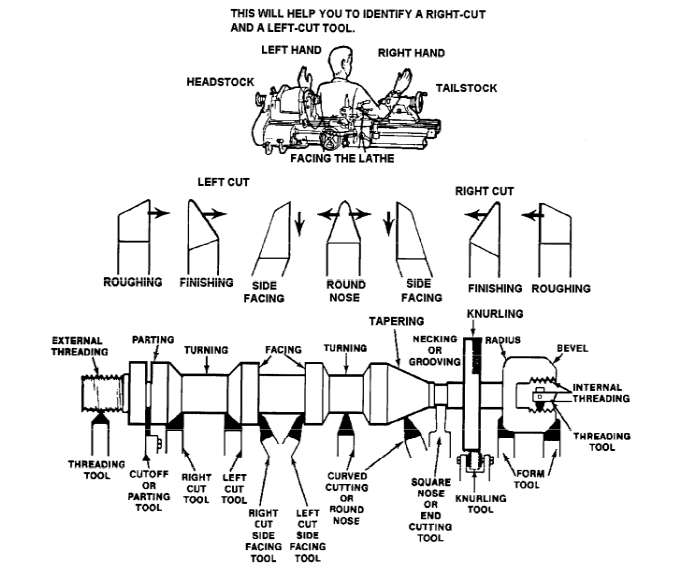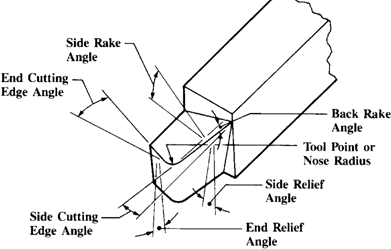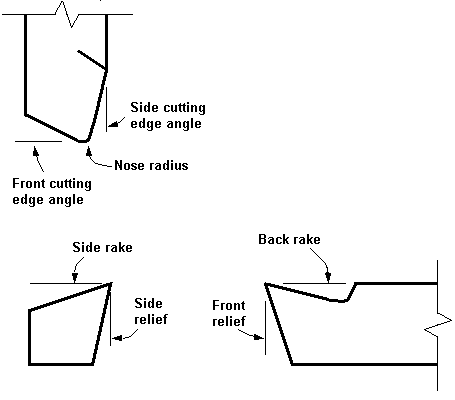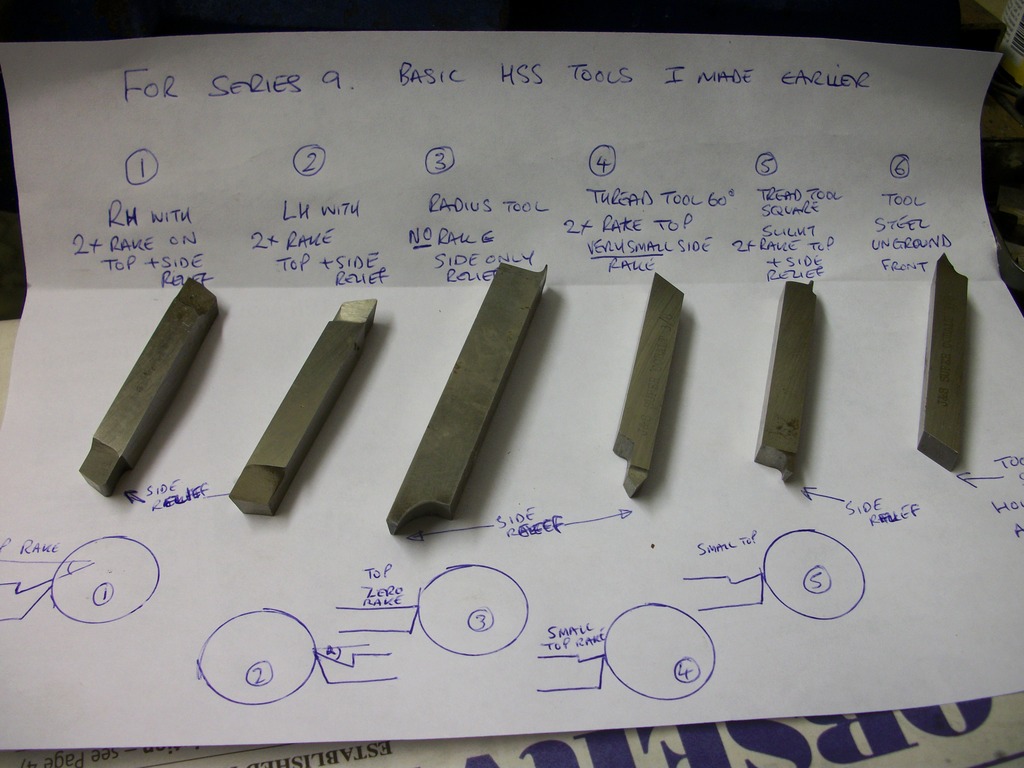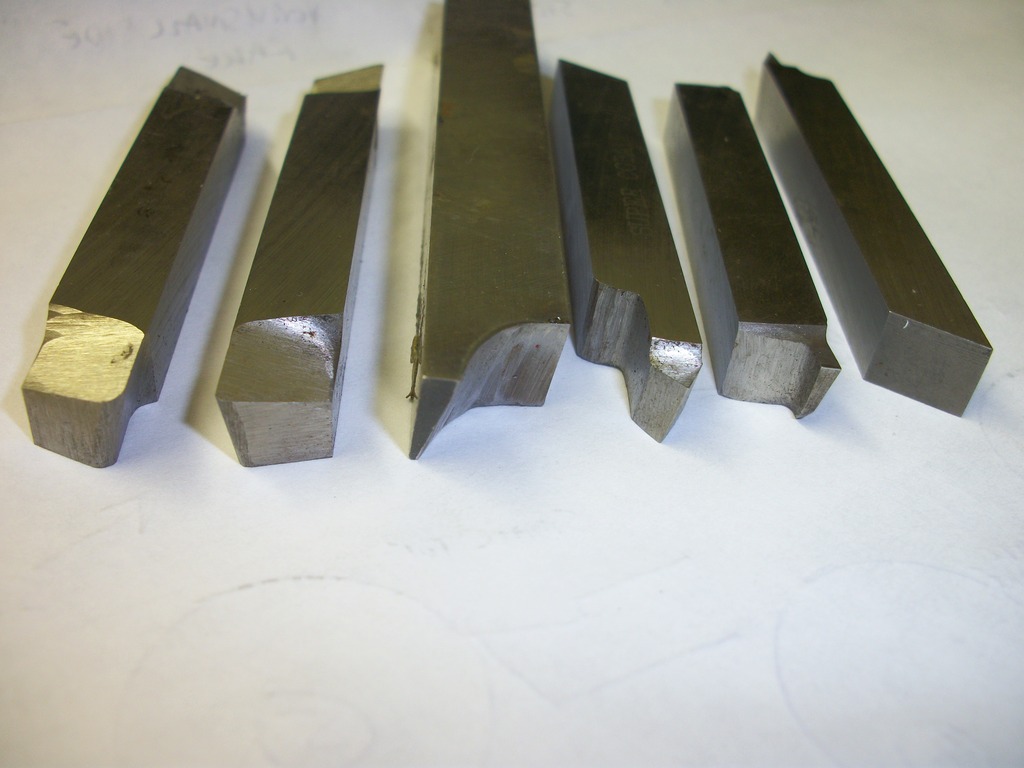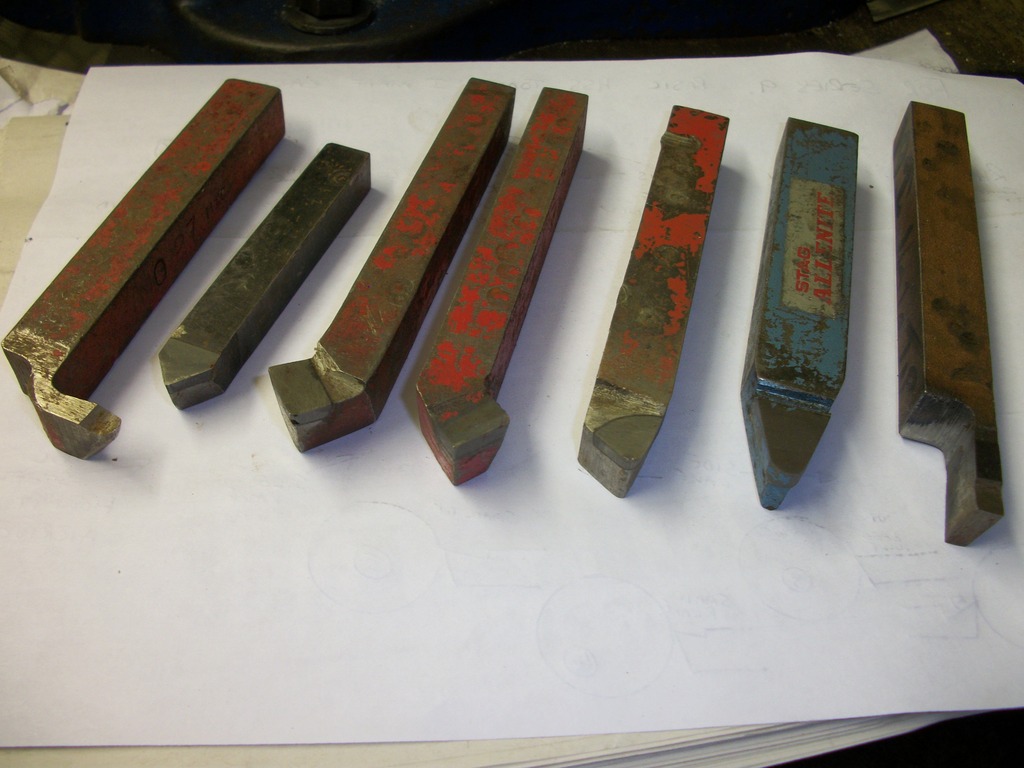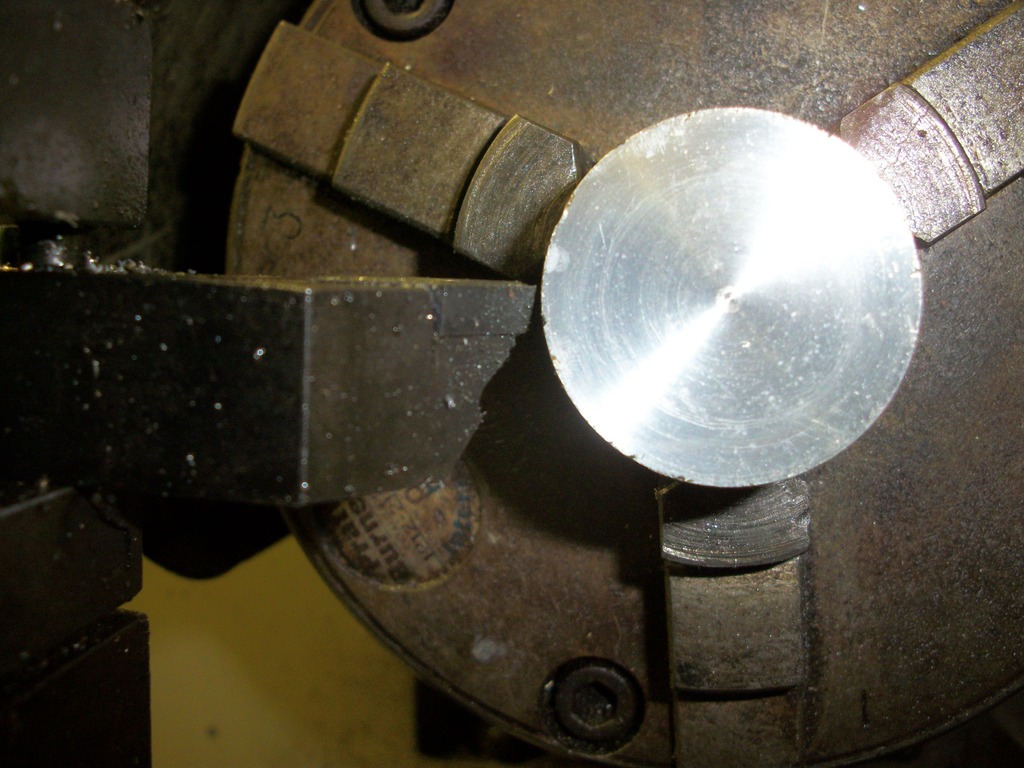Ok, you got a fair mix there..
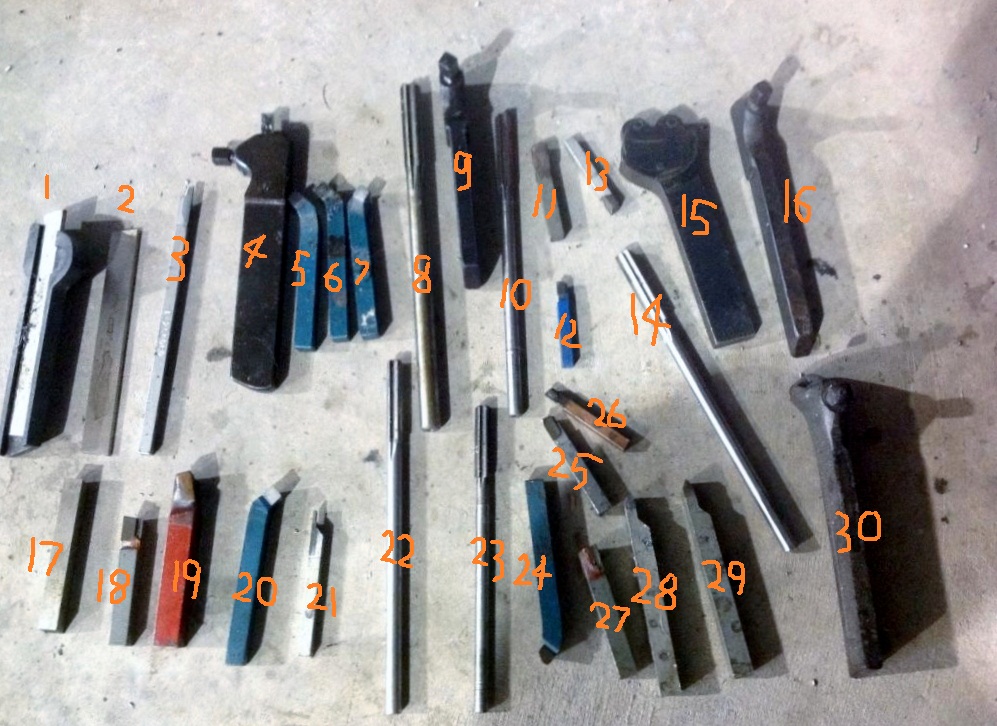
Some are no good, others need work and just a few are useful to you as a beginner. I’ve numbered them so you know which tool I’m referring to.
1. Parting tool HSS and Holder. (very good, keeper. Get it sharp, grind the correct front relief, very tiny side relief and no side rake. A medium back rake will see you through most materials) A very good basic and useful parting tool. As it wears you re-grind and move the HSS steel forwards. ALWAYS set the tip contact with the job at dead centre height or ever so slightly low. NEVER go above centre height.
2. Plain Parting HSS (looks to be too wide for holder 1, you may need another holder for this)
3. Resolution on photo poor, but looks like a badly ground/messed up HSS parting. Cut off re-grind and start again with a suitable holder. (may fit same holder as 2)
4. Including 9, 16 & 30. HSS tool holders for smaller maybe what looks like ¼ or 3/8 HSS. You buy the HSS as in my first photo of the early rake descriptions and grind whatever tool you need. Very good old tool holders worth their weight in gold but too advanced for you for learning without good HSS ground tools to fit them. (keepers. Put them in your tool drawer for the future and get a new locking screw for 30 it looks a little chewed up)
5. Including 6 are RH knife tools profile for bevel turning steel Side & Front cutting angle too steep for straight turning and facing off steel, but ok with brass & aluminium.
7.Including 24 & 20 LH knife tool uses as for 5 & 6 above.
8. Including 10, 14, 22 & 23 Ream tools. I doubt you’ll ever need these.
11. Including 17 from the poor resolution photo look like unground tool steel. (put them in a draw for the future)
12. Including 18, 25 & 26 RH Knife tools. These have better side and front cutting angles for steel but they look well used and poorly re-ground. This is the sort of shape tool you need as a beginner but unfortunately these four look in a poor condition and need grinding work to restore them.
13. Including 27 are LH knife tools but old 13 looks useable as 27 needs a re-grind like your RH knifes.
15. Knurl tool. Good basic tool. Check the wheel spindle pins aren’t worn and the wheels are firm and don’t wobble or side in the shaft as any movement will make for a "double" inprint knurl. Plus also check the knurl profile is sharp. They do get worn down over the years and then they’ll be no good.
19. RH facing tool, looks badly ground on top surface back and side rake. Profile looks ok for facing off, but rakes need re-grind.
21. Including 28 & 29 are HSS thread cutting tools. Again these are not for you at this learning stage, stick them in the drawer for the future.
Overall you have a reasonable selection of tools but none are really up to scratch for using successfully.
Try and find a good machine shop or college nearby, take them in and get someone who knows what they’re doing to re-grind them for you. This shouldn’t cost too much money (may be just a crate of beer) and will be far cheaper than buying carbide/ceramic tipped tools and holders that you’re not ready for just yet.
You only need 1, 18 & 19 to learn with at an early stage.
Good choice on new tool post, very handy for setting tool height easy without shims under tools.

